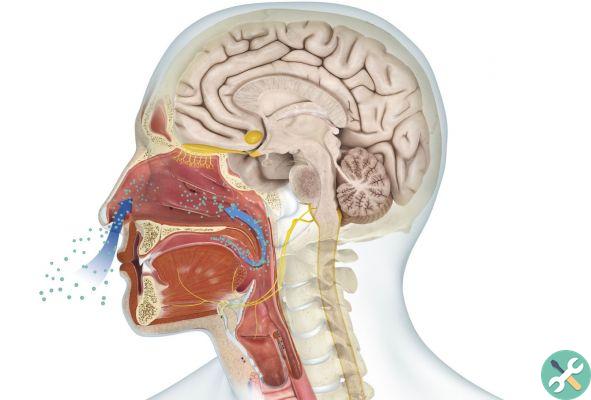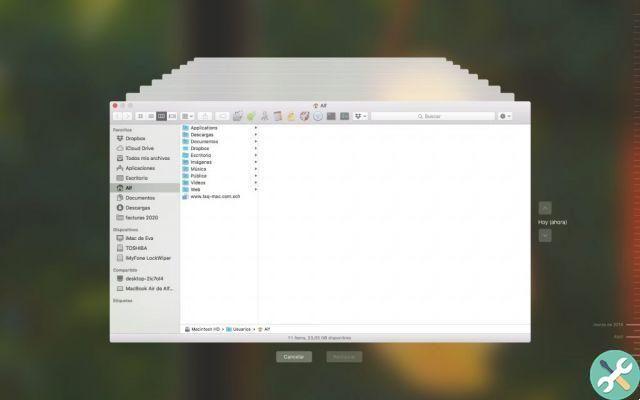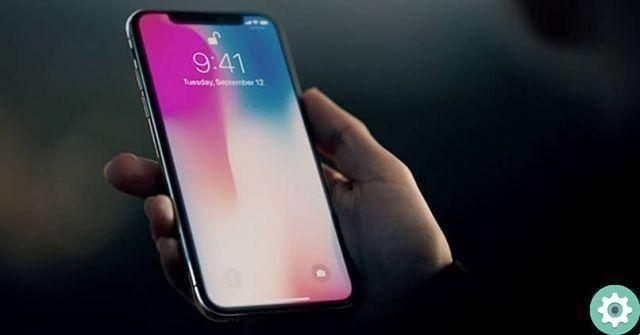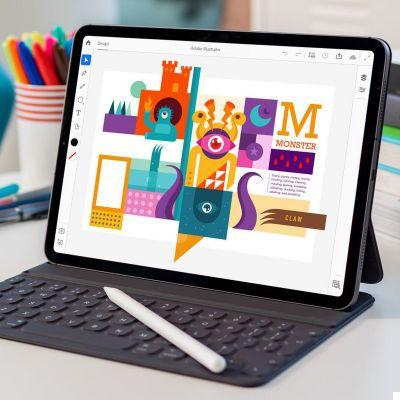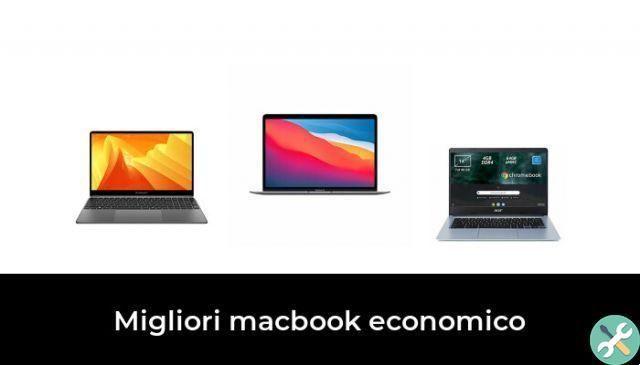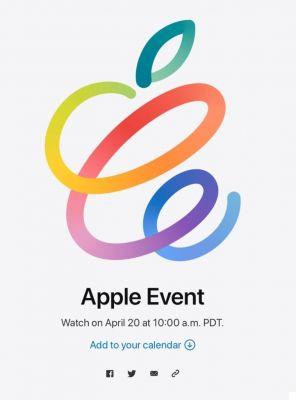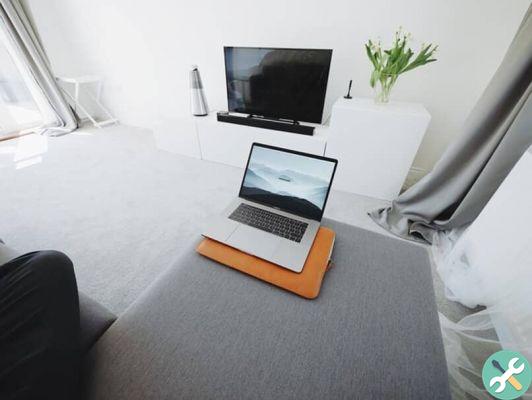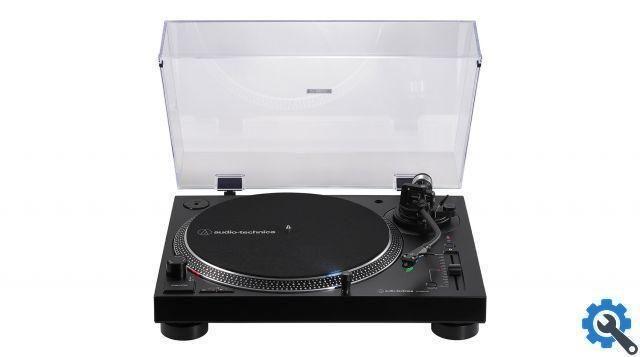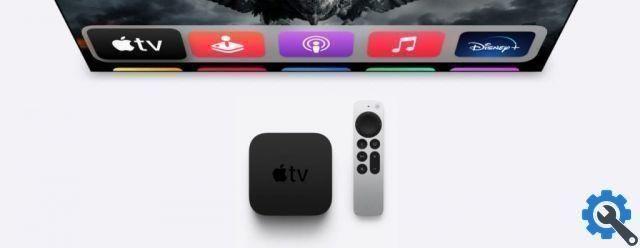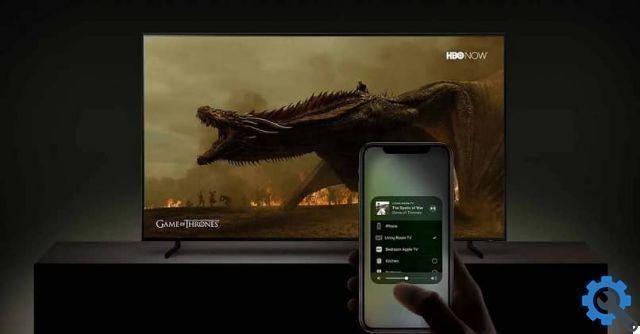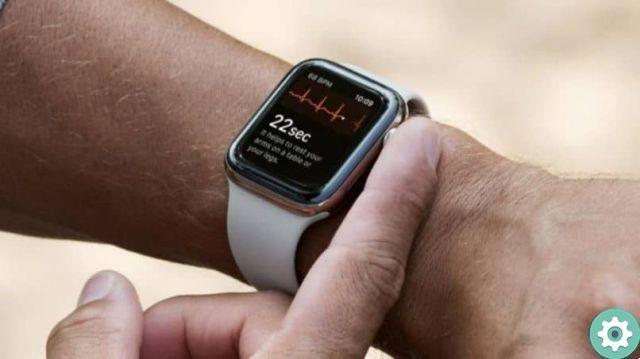23 / 11 / 20 Update: Craig Federighi, Johny Srouji and Greg Joswiak talk about the M1 with Ars Technica (Added at the end of the article with the most important quotes)
Vice President of Platform Architecture Tim Millet and Vice President of Worldwide Marketing Bob Borchers held a video conference with YouTube channel, The Tech Chap, to discuss the M1's interior and new products with Apple Silicon.
"The M1 is a giant leap in performance for Macs," says Borchers. And in real terms, whether it's battery life, graphics performance, or CPU. These are whole improvements over previous generations ”.
Millet, a member of the Apple Silicon team, explained how the performance gains achieved on the M1 came from the platform architecture work done on Apple's A-series chips.
“What we knew when we started thinking about making iPhone chips is that they were beautiful and light pieces of art created by our industrial design team,” says Millet. "We don't have to ask for the size of the product to be increased or the battery to be increased to provide better performance."
The Millet team's job was to "figure out how to deliver that performance without system limitations," adding that performance that is not delivered to the real world within those limits "is simply useless."
When asked about the potential consumer confusion about the differences between Apple Silicon and Mac chips, Borchers says the first step with the M1 was to bring the chip's proprietary design to some of Apple's most popular models.
“This is a transition that will take time, so there will be products where we will continue to offer Intel processors and additional options,” says Borchers.
Some of these additional options could be users who need four USB ports on their laptops or users who want to expand internal storage up to 32GB.
Asked whether the Apple M1 will be a 10W or 15W chip, Millet replied, "I think you'll see through the machines we announced yesterday that the M1 will hit its peak on each of the different products."
For example, the M1 can fit into the MacBook Air case. But by adding a fan to them, like in the MacBook Pro and the 13-inch Mac mini, users will have a different level of performance, ”adds Millet.
Elsewhere in the interview, Millet also talks about how the M1's unified memory offers a number of advantages over traditional RAM.
“The CPU has a larger memory system to allow for multi-threaded applications on all eight cores. We will have unlimited memory bandwidth, ”adds Millet. "And the GPU has a high-capacity broadband system."
When asked if Apple is still "friends with Intel," Borchers said the two companies still have "a great relationship" and that Apple plans to introduce "really impressive Intel systems."
The interview lasts half an hour and deserves to be seen by anyone who wants to know more about the M1 and how it works.
Craig Federighi, Johny Srouji and Greg Joswiak discuss the M1 with Ars Technica
![Apple Vice Presidents Talk About Development of M1 for Mac [Updated]](/images/posts/c6254b668e5b3884d6b6338ccb8a02ff-0.jpg)
Joswiak says: This is what we can do, ok? Not about what others might or might not do. Each company has its own goals. The software company would like hardware companies to do this or that. Hardware companies would like the OS company to do the extra thing, but they have different goals. And this is not the case here. Here we all have the same goal ”.
According to Srouji, Apple is in a unique position to make the transition a success: “As you know, we don't design chips for sale or as generic solutions, which gives us the ability to tightly integrate the software and system with the product. exactly what we need [in this case] ”.
Federighi:
The M1 is basically a gifted cousin, if you want to relate it to the A14 (the iPhone chip). Because when we started designing the chip for the Mac we saw a lot of differences compared to what would have been a variant of the same chip, call it A14X or similar.
We have done a lot of research into Mac application workloads, the type of graphics / GPU needs needed for a normal Mac workload, the type of texture formats needed, support for different types of graphics processing and everything available on Mac… up to the number of cores, the ability to manage monitors of the size used on the Mac, compatibility with virtualization and Thunderbolt, etc.
There are many, many features we've included in the M1 that are Mac-specific needs, but they're all, in a way, a super-vitamin version of what you might expect from a compiled iPhone app you might expect.
Srouji expands the answer:
The pillars of many of the IP (Intellectual Property) that we have created that have become the foundation upon which the M1 is built… began a decade ago. As you know, we started with our CPU, then the graphics system and then the ISP and the Neural Engine.
So we've been creating these amazing technologies for a decade and several years ago we said, "Now is the time to use what we call scalable architecture." Because we had these big pillars and the architecture is scalable with UMA (Unified Memory Architecture).
And then we said, "Now is the time to create a custom chip for the Mac" which is the M1. This is not a steroid iPhone chip. It's a completely different chip, but one that uses a lot of those great technologies as pillars.
UMA basically means that all components (a central processor (CPU), a graphics processor (GPU), a neural processor (NPU), an image signal processor (ISP), etc., share a very fast memory set, positioned very close This is the opposite of the usual desktop computer paradigm, which is to dedicate one set of memory to the CPU at one end of the board and a different set of memory to the GPU, located at the other end of the board.
As to why only three computers in the range
Federighi: “We designed the M1 to respond to a specific set of systems. These are the systems we have chosen to respond to and the ones we are selling ». So Federighi replied when asked why there was no MacBook Pro M1 with 32 or 64 GB of RAM.
This response suggests that more powerful computers may need a different chip or a reorganization of the chip design, and so Apple will tackle these problems with groups of computers. So, it's possible that the iMac range all have the same chip, except that, depending on the model, more or less cores, or more or less memory are activated.
Apple said that in two years it wants to have its entire range with Apple Silicon, so we can expect that 2021 will see the transition of iMacs and professional laptops to the new architecture and 2022 will see the emergence of the MacPro supercomputer using M1 chip and all the scalability. proven in these two years.
With this agenda, in 2023 would play new base chips (M2) for the three computers presented this year (Mac mini, MacBook Air and MacBook Pro), coinciding with the typical renewal period of these products.
But time will tell.

![Apple Vice Presidents Talk About Development of M1 for Mac [Updated]](/images/logo.png)








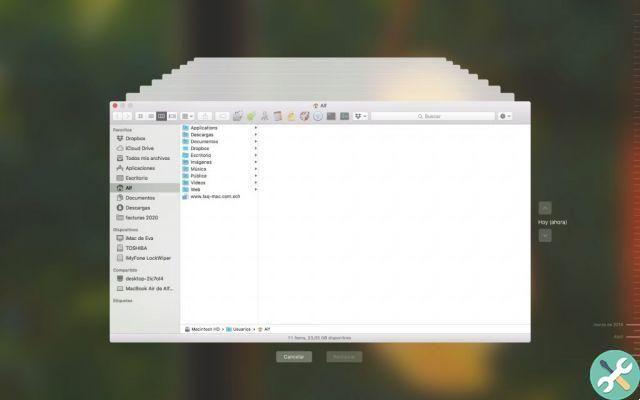
![Google also wants your Apple News [Updated] [2]](/images/posts/943dc0d8f28fcc4bc16fa30ed6d71f6a-0.jpg)

